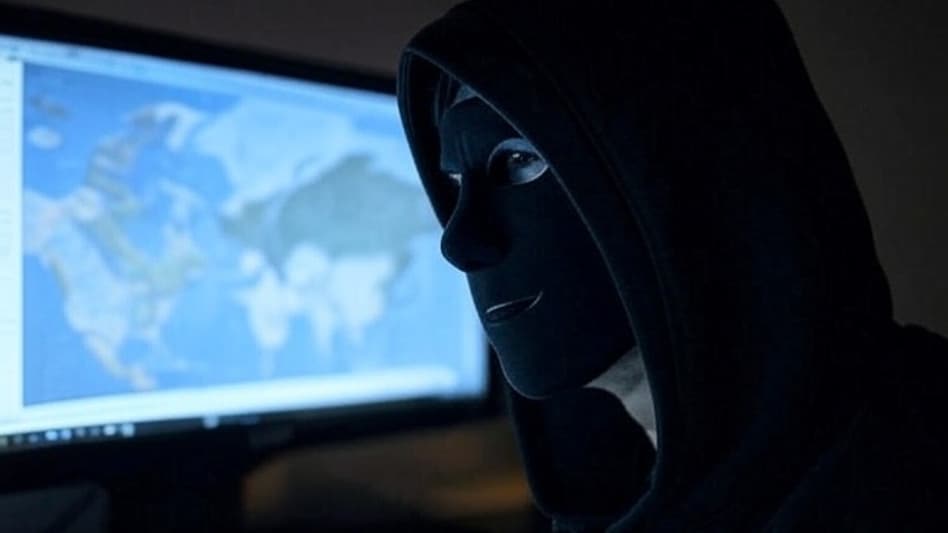 Among the ISPR’s most viral claims was the supposed bombing of Jammu Airport. Symon exposed the image as an outdated, doctored photo.
Among the ISPR’s most viral claims was the supposed bombing of Jammu Airport. Symon exposed the image as an outdated, doctored photo.
 Among the ISPR’s most viral claims was the supposed bombing of Jammu Airport. Symon exposed the image as an outdated, doctored photo.
Among the ISPR’s most viral claims was the supposed bombing of Jammu Airport. Symon exposed the image as an outdated, doctored photo.While jets roared over the Line of Control and artillery duels lit up the night sky last week, another war was raging online. And at the center of that digital dogfight stood one man: Damien Symon, known to his thousands of followers as @detresfa_.
As India launched Operation Sindoor, retaliating for the terror attack in Pahalgam, Pakistan’s military propaganda machine fired its first salvos on social media. The Inter-Services Public Relations (ISPR), Pakistan Army’s media wing, unleashed a torrent of images and claims, declaring devastating strikes on Indian military targets.
But Symon, a geo-intelligence expert at The Intel Lab, waged his own battle against the barrage of fakes, manipulations, and disinformation. From his digital war room, armed only with open-source intelligence (OSINT) tools and satellite imagery, he picked apart the ISPR’s narrative piece by piece.
“The fog of war now includes a digital smokescreen,” Symon was quoted as saying in an interview to ThePrint. “And those pushing fakes move faster than the systems designed to stop them.”
Among the ISPR’s most viral claims was the supposed bombing of Jammu Airport. Symon exposed the image as an outdated, doctored photo. His satellite analysis showed no damage on site. At Udhampur, where runway repairs had been ongoing since April, Symon debunked viral claims of a strike with fresh imagery, showing construction equipment—not craters.
Yet, while Pakistan’s digital offensive floundered under his scrutiny, Symon also confirmed real Indian hits inside Pakistan. At Sargodha Airbase, his analysis revealed fresh craters on the runway. At Bholari and Jacobabad, he flagged destroyed hangars, their remains captured by both Indian and Chinese commercial satellites.
He even debunked the latest ISPR claim of damage at India’s Adampur Airbase, showing the image had been crudely altered.
Symon calls this a race against disinformation, where “sources unconstrained by ethics” flood the zone with fakes, aiming to distort public perception and fuel escalation in an already volatile region.
“OSINT is the frontline now,” Symon said, “and the more eyes we have, the faster we can fight back.”